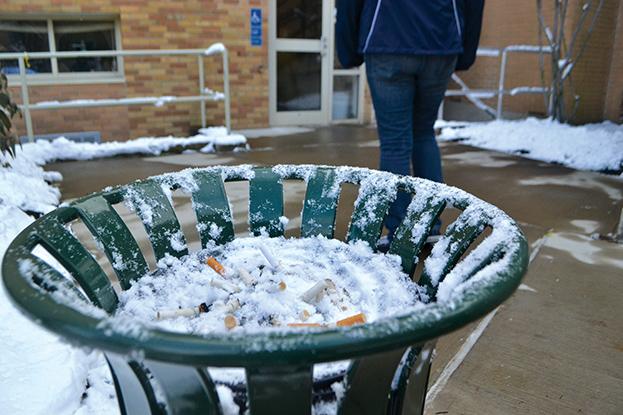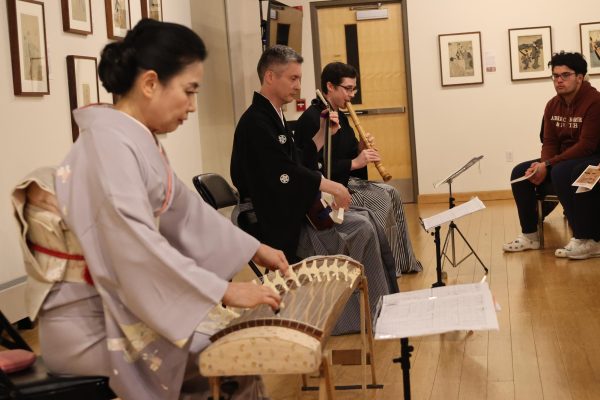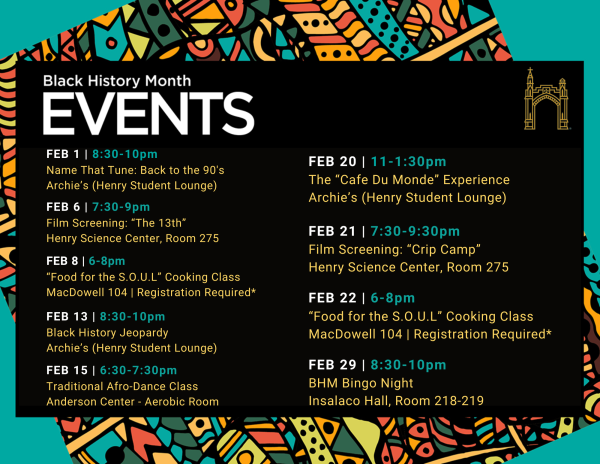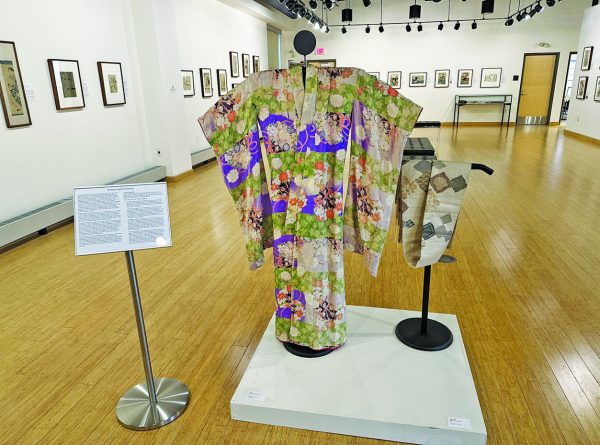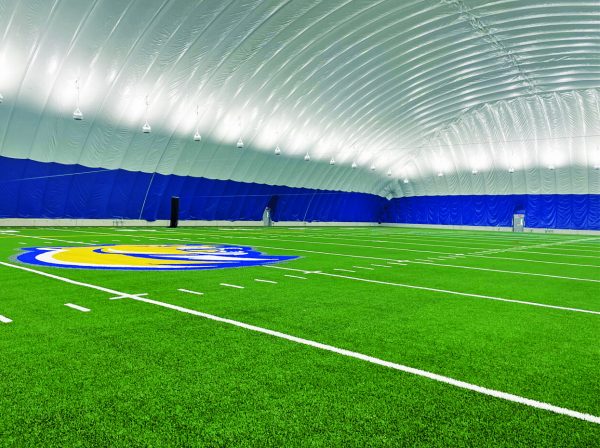Students, Faculty Smoked Out in the Mezz
Students and faculty are complaining that cigarette smoke is coming into the communications department’s Mac lab.
February 18, 2016
Students and faculty are complaining that cigarette smoke is coming into the communications department’s Mac lab on the Mezzanine level of Walsh Hall..
Smokers puff away in the outdoor staircase that leads to the building’s basement, despite a sign that prohibits smoking in the area. Students say smokers may not realize that the smoke seeps into the lab, which is located above the stairwell.
“Oh, it is a big problem,” said Douglas Martin, an instructor in the Communications Department. “Pretty much every single day.”
He said the smoke interferes with classes.
“I was standing in my class, and I can smell it coming through. It starts burning my nostrils I had a student actually put their shirt over their nose because it is so strong, so it’s constantly,” said Martin.
The smoking has been a distraction, according to December communications graduate Taryn Talacka.
“[When] there is a professor teaching and I can smell it, and I have to stop and think, ‘that doesn’t smell good,’ then you know I miss something that they are saying. If I am just talking to people, all of a sudden our conversation changes to ‘Ew what’s that coming into the room? What’s that smell?’”
The problem is worse on rainy and snowy days because smokers seek shelter in the stairwell.
“I understand that it’s a dry place for them to smoke. I don’t think that people realize that the air gets drawn right from there into our room. If there was a better designated smoking area, or if there was more attention to the problem that would be fabulous. It just goes right into the classroom, and it just stinks really bad,” said Martin.
Some students say they have health conditions that cigarette smoke may aggravate.
“The people who, like me, may have asthma or don’t like the smell of cigarette smoke. It’s really to just be considerate about us,” said Talacka.
Alivia Womelsdorf, third year biology pre-med major, who helps organize the Relay for Life event against cancer, grabbed the nearby outdoor ashtray, which was overflowing with stale cigarette butts, and dumped it into a container.
“I used open bags and some gloves, and I just collected the cigarettes [out of dispensers]. I got a lot of looks by people who were looking at me like ‘what are you doing?’ basically, but I feel like you need to get your hands dirty for the cause,” said Womelsdorf.
She was shocked by the amount of cigarette refuse that she collected from campus.
“It was almost about a two-gallon jar that was filled. That was full of all the tar and cigarettes that was collected over the week. The thing that I found the most disgusting is how the jar looked, and that people are putting all that smoke and nicotine and by-products into their bodies,” Womelsdorf said. “You always hear these studies about how everyone is afraid of what they are consuming, but actually second hand smoke is more of a leading cause towards other symptoms including cancer.”
Womelsdorf has an advantage as a pre-med student, because when she shadows doctors, the first question that she hears is about patients’ smoking histories. Her main concern is helping others and spreading awareness about the risks of smoking to as many people on campus as she can.
“I am a big supporter of those who are trying to quit, but it’s not necessarily how they quit but how much they have
consumed prior to them stopping. I just want to be one of the voices that raise awareness and overall facts. I feel like the era where smoking is cool is starting to die. I feel now that it is more of an emotional attachment where people are trying to get something out of it,” said Womelsdorf.
Recent studies have shown that smokers in the age range between 8 to 21 has decreased, but there is still a lot of smoking on campus.
Campus rules state that a person needs to be at least twenty feet away from buildings when smoking.
“As long as people who do smoke follow the rule of staying twenty feet away. I know that is kind of difficult in the winter, a lot of people will go into the stairwell and smoke, but I mean just telling them to just be more considerate of the people, you know there is a vent right there,” said Talacka.
Robert Zavada, Associate Director of Campus Safety, said he needs to be aware of complaints.
“We are not really going to get a measuring tape and say if you are nineteen and a half or twenty feet, so in reality has somebody been closer then twenty feet, yes. If it became a persistent problem we could offer our assistance to inform the people of what the rules are. If we got complaints we would be able to spend more time in a particular area, and just let people know that there are rules and there are policies for employees or students. There’s the student handbook, policy and procedure manuals for employees and faculty, and we would have to enforce them,” said Zavada.
Areas that include designated smoking spots are include the Mary Kintz Bevevino Library, Banks Student Life Center, Walsh Hall, Mercy Hall, and Insalaco Hall.

